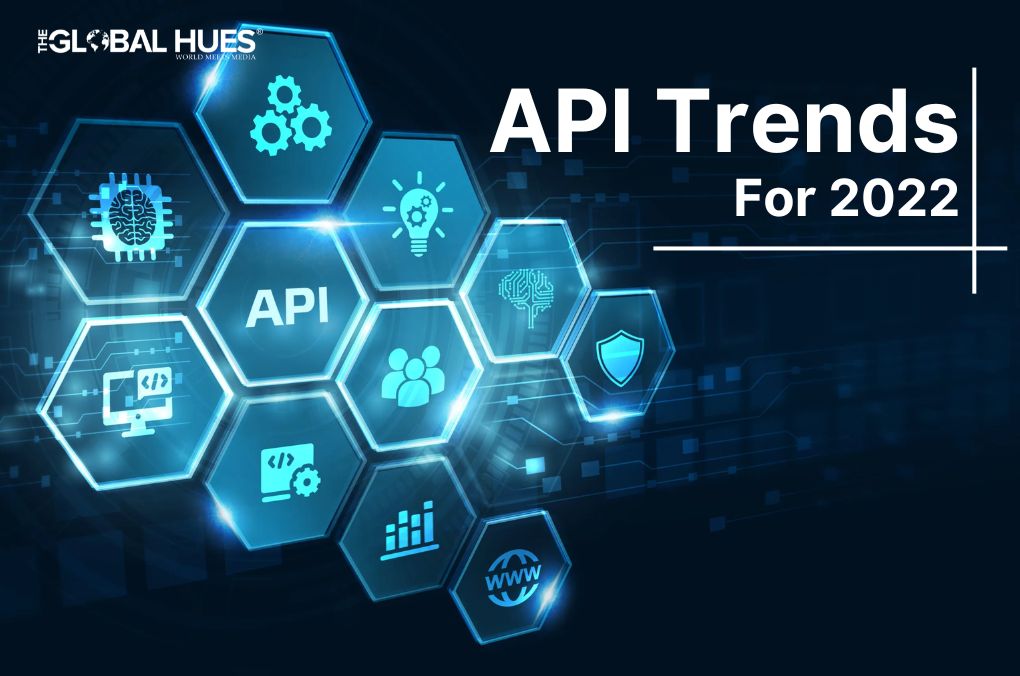Complex Event Processing
CEP technology allows real-time data processing to detect, prevent and respond to events. It’s used by companies like Facebook and Netflix to help them manage their systems better.
CEP can be defined as a process where machines gather information from multiple sources (including humans) over time, then analyze it and make decisions based on that information. The main benefit of using CEP is that it allows organizations to effectively monitor their systems while running at full speed and react quickly when something goes wrong or changes unexpectedly. This makes CEP especially useful when working with large amounts of software code because it enables developers to create highly adaptive solutions without requiring them first perform expensive manual testing cycles before releasing updates onto production servers.
Artificial Intelligence
Artificial intelligence (AI) is used for everything from customer service to security. AI is also being used for fraud detection, chatbots, and more.

AI is being used for personalization, targeting, and recommendations. Some of the most exciting applications of AI include predictive analytics and machine learning that can help businesses make better decisions about their products and services and how they market those products or services to potential customers.
Integrations as a Service
Integrations as a Service (IaaS) is a new way of thinking about APIs. Instead of just providing APIs, you can now do more:
It’s easier for developers to integrate your services. They don’t have to worry about the technical details, they just need to write some code and publish it on their platforms or websites.
It’s easier for customers to integrate your services into their products and apps to take advantage of them in ways that were not possible before IaaS came along!
No-code development platforms
No-code development platforms are used to build APIs (zapier.com, snaplogic.com). They allow you to build APIs without writing code, which makes them perfect for creating APIs for mobile, web, and desktop applications. These platforms can also be used by developers who may not be familiar with programming languages like Python or Ruby and avoids the native integration of REST APIs like vatcheckapi.com
GraphQL for mobile development
GraphQL is a data query language that allows you to retrieve and manage your data from a server elegantly and simply. It’s a complete alternative to REST, which has been around for a long time but hasn’t been used for mobile development as much as it could be.
GraphQL is fast, flexible, and easy to use. For example:
- Facebook uses GraphQL for all of its APIs;
- GitHub uses GraphQL for its internal code repository;
- Twitter uses GraphQL internally when building new features or fixing bugs within their existing ones (e.g., “how do we fix bug X?”).
Cloud-Native APIs
Cloud-native APIs are designed to be deployed in the cloud. They are intended to be accessed by a wide variety of clients, have a small footprint, and can scale up or down as required.
Cloud-native APIs often use RESTful protocols, meaning they use HTTP requests with JSON payloads as the transport mechanism between server and client applications. The goal is for these services to work on any platform, whether it’s mobile or desktop applications; web browsers; IoT devices (such as smart thermostats); wearables like fitness trackers or smartwatches; voice assistants such as Alexa that talk back at you when you ask them questions about sports scores or weather forecasts (you know what happened last time).
Video APIs
Video is one of the most popular types of content on the internet. In 2022, video APIs will become more complex and powerful as they are used to create new types of video formats and applications.
In 2022, we will likely see several new types of video APIs being created for different platforms, such as Instagram Stories, Facebook Live, and YouTube Live. These APIs will allow users to access their favorite videos directly through their platforms instead of streaming them through third-party services like Netflix or Hulu Plus (which cost money). They also allow developers to create new apps based around these streams, making it easier than ever for people who want something simple yet engaging with little effort!
The future of APIs is bright
The future of APIs is bright.
API providers will continue to innovate and provide new features for the benefit of their customers, making them more valuable than ever before. And as more companies adopt APIs, they’ll be able to use them in various ways—including robotics, drones, and other autonomous vehicles—which means that we’re looking at an exciting time ahead!
Conclusion
APIs are the gateway to new products, services, and experiences. They are the key to your business’s future, allowing companies to reach new customers and keep up with recent trends. The world of APIs is changing fast, but it’s also becoming more accessible thanks to technologies like GraphQL and Artificial Intelligence (AI). The next few years will bring more exciting opportunities for developers who want greater control over their APIs – so don’t wait!




